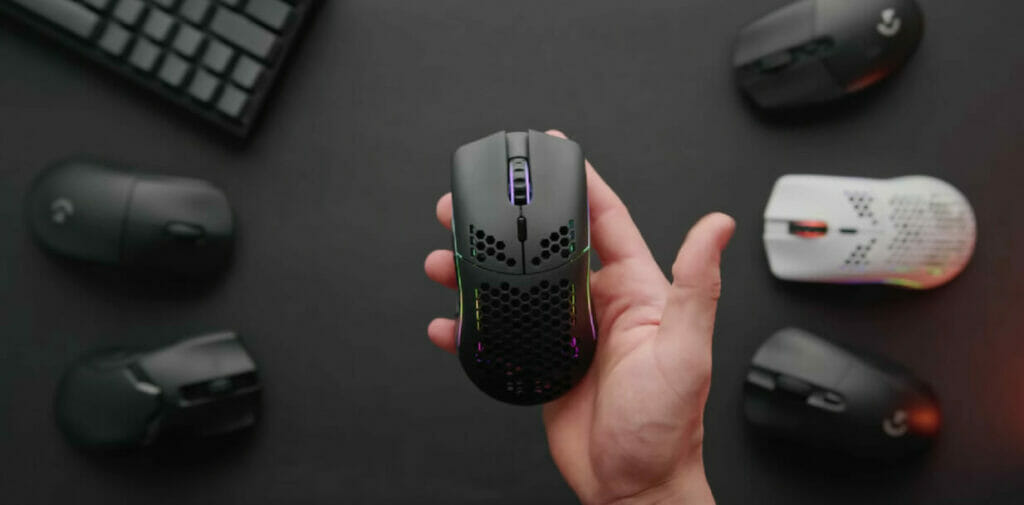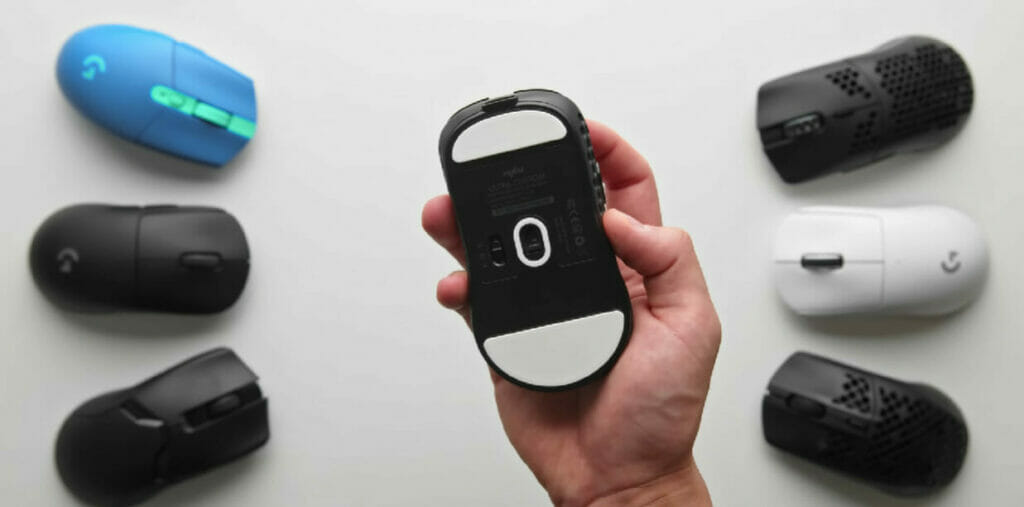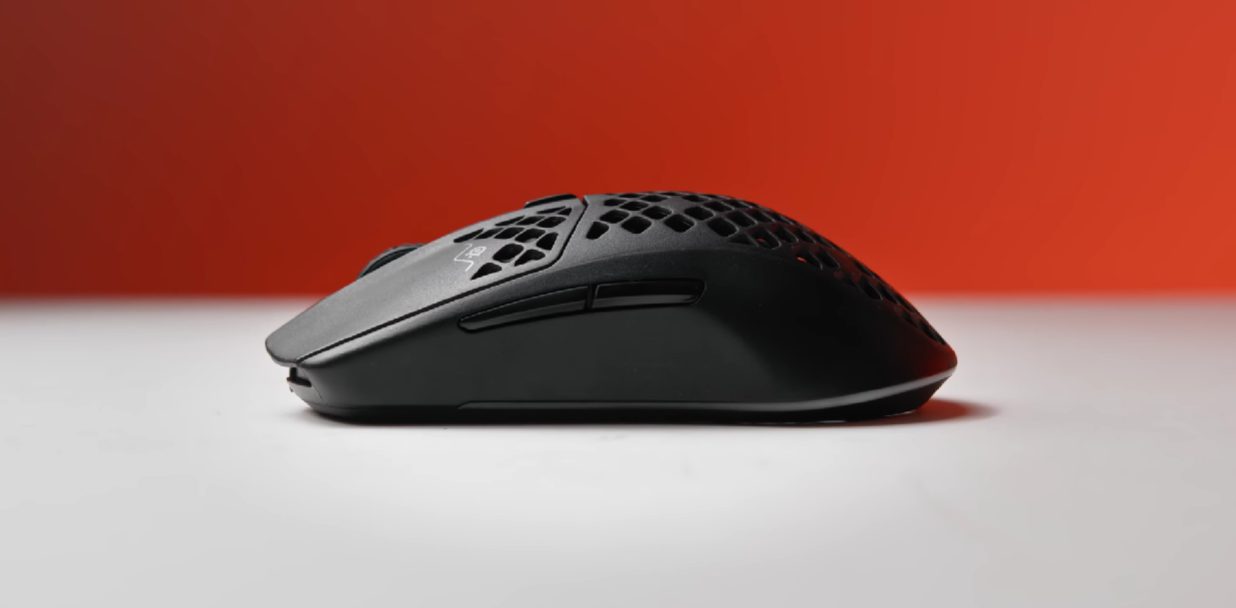When it comes to using a wireless mouse, many people worry about the delay issue. There’s nothing more frustrating than moving your mouse and having to wait a few seconds for the cursor to catch up with your movements.
In general, wireless mouses tend to have a slight delay compared to their wired counterparts. This delay is typically minimal, and most users don’t even notice it, but it can vary depending on the specific circumstances. As such, the delay you experience may vary depending on the specific model and brand you’re using.
Overall, even with wireless mouse input lag the mouse is still incredibly responsive, and many people wouldn’t even notice any delay or lag when using a wireless mouse.
In this article, we’ll dive deeper into why wireless mouses can have a delay, how to identify if your mouse is experiencing a delay, and what steps you can take to reduce or eliminate the delay.
Understanding Wireless Mouse Input Lag
When using a wireless mouse, it’s important to understand how input lag can affect your experience. Input lag refers to the time your mouse clicks or movements take to register on your computer screen.
Here are a few things to know about input lag:
- Input lag is typically measured in milliseconds (ms). A delay of just a few milliseconds might not be noticeable to most people, but delays of 10 ms or more can affect your experience.
- Wireless mice tend to have slightly more input lag than wired mice. This is because the wireless signal must be transmitted from the mouse to the computer, which can take a little time.
- Different types of wireless mice can have different levels of input lag. For example, mice using Bluetooth connections may have slightly more input lag than those using proprietary wireless dongles.
Factors that Affect Input Lag in Wireless Mice

I’ve tested many wireless mice, and the input lag can vary greatly between different models and setups. While some wireless mice have almost no input lag compared to their wired counterparts, others can have a noticeable delay, making gaming or other tasks more difficult.
Here are some factors that can affect input lag in wireless mice:
- Type of wireless connection: There are multiple types of wireless connections that mice can use, including Bluetooth, RF wireless, and USB wireless. Some of these connections can have more input lag than others, but it ultimately depends on the specific mouse and its implementation.
- Battery life and power management: When a wireless mouse’s battery is running low, it may experience more input lag. Power management settings can also affect input lag, as the mouse may enter a low-power mode to conserve battery life.
- Wireless range and interference: If a wireless mouse is too far away from its receiver or there is interference from other wireless devices, it may experience more input lag or even disconnect altogether.
- Mouse sensor and sensitivity: A mouse’s type of sensor and sensitivity can also impact input lag, as some sensors may have an inherent delay or be less responsive at certain sensitivities.
Remember that some input lag is expected with wireless peripherals, but it should not be so significant as to impact your mouse use negatively.
It’s also worth noting that input lag can be introduced by other components in the system, such as the CPU, GPU, and monitor. However, these factors are typically less significant than the mouse itself regarding input lag.
Mouse Click Latency From Popular Wireless Mice
| Mouse Model | Average End-to-End Latency (ms) |
|---|---|
| Logitech G Pro X Superlight | 15.9 |
| Razer Viper Ultimate | 15.2 |
| Steelseries Aerox 3 | 22.0 |
| Glorious Model O Wireless | 26.7 |
Please note that input lag can vary depending on various factors, such as the wireless technology used, the distance from the mouse to the receiver, the battery level, and interference from other wireless devices.
Overall, wireless mouse input lag is still incredibly responsive, and many people wouldn’t even notice any delay or lag when using a wireless mouse.
Ways to Minimize Input Lag
You might experience an input delay as a wireless mouse user, affecting your gaming and work performance. However, you might be able to minimize this lag by following these steps:
- Check Battery Life: Low battery levels can disrupt the mouse and receiver signal, leading to input lag. Ensure that your wireless mouse has enough battery life to operate reliably.
- Use a Mouse Pad: A mouse pad can provide more stable and precise tracking for your wireless mouse. It can also protect your mouse from irregular surfaces, such as glass, which can interfere with wireless signals.
- Reduce Signal Interference: Wireless signals can be disrupted by other electronic devices. Keep your mouse away from sources of interference, such as routers, smartphones, and microwaves.
- Use a Wi-Fi Analyzer: A Wi-Fi analyzer app can help you identify and avoid crowded wireless channels that interfere with your mouse signal.
- Adjust your Mouse Settings: Your OS or mouse software might have settings that can affect your input lag. Adjust your mouse sensitivity, polling rate, and acceleration to find the optimal settings for your needs.
- Switch to Wired Mode: Some wireless mice can work in wired mode, reducing input latency. However, wired mode might not be as convenient as wireless mode, and you might need to switch back and forth depending on your usage scenario.
Remember that the degree of input lag reduction can vary depending on your hardware and environment and that some lag might always be present in wireless devices. However, with some tweaking and experimentation, you might find a setup that works best for you.
Gaming – Mouse Delay in Wireless Mice

In terms of latency, manufacturers have made significant strides in reducing the delay in signal transmission for wireless mice. Some wireless gaming mice claim to have the same 1ms response time as wired ones, which is more than sufficient for even the most competitive games.
Moreover, these gaming mice often come with high polling rates (up to 1000 Hz), high DPI options, and other features like programmable buttons and adjustable weights, that can make them a worthwhile option for gamers.
However, there are a few considerations before deciding to go for a wireless mouse:
- Battery Life: Wireless mice require charging or battery replacements. Though many modern wireless gaming mice have decent battery life, it’s another factor to consider, particularly for extended gaming sessions.
- Price: Wireless mice are generally more expensive than their wired counterparts, particularly those designed for gaming with low latency.
- Interference: Wireless mice, especially those using the 2.4 GHz band, can potentially suffer from interference from other devices. This is less common with modern devices, but it’s something to be aware of, especially if you’re gaming in a crowded wireless environment.
- Weight: Because of the need for a battery, wireless mice can be heavier than wired ones, which might affect comfort and control during long gaming sessions.
If these factors don’t bother you, a wireless gaming mouse can certainly be worth it. It’s best to research specific models and read reviews to ensure you’re getting a mouse that fits your specific needs and use cases.
References
Studies:
- An Overview of Wireless Mouse: History, Challenges and Applications. https://www.ijert.org/an-overview-of-wireless-mouse-history-challenges-and-applications-2
Websites:
- Tom’s Hardware. https://www.tomshardware.com/
- AnandTech. https://www.anandtech.com/
- PC Gamer. https://www.pcgamer.com/
- Reddit – r/MouseReview. https://www.reddit.com/r/MouseReview/
Video Reference
Optimum Tech

